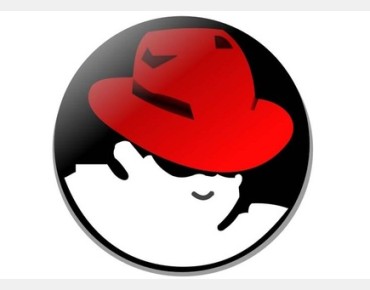Red Hat Reports Double-Digit Growth

The overall health and vibrancy of the enterprise technology sector and the open source community in general appears to be reflected in the financial results of one of its leading lights, Red Hat Inc.
The Linux vendor reported double-digit growth this week in earnings for the year as well as quarterly sales. Red Hat said adjusted earnings rose 10 percent year-on-year. Meanwhile, fourth quarter sales grew 16 percent to $464 million.
(The strong dollar continues to erode the earnings and sales for U.S. companies. For example, Red Hat said quarterly revenues would have come in at 22 percent when measured in constant currency.)
"We continued to experience strong demand for our open, hybrid cloud technologies, as evidenced by increased cross-selling in our top 30 deals which were all over $2 million for the first time,” Jim Whitehurst, Red Hat's CEO and president, noted in a statement.
Investors liked what they heard from Red Hat this week. Company shares jumped to 52-weeks highs on Thursday (March. 26).
Mainstay infrastructure products like Red Hat Enterprise Linux and Enterprise Virtualization continue to drive sales, and company officials noted that the momentum is carrying over to the company's application development sector that registered 43 percent growth.
Whitehurst noted that enabling customers to run their applications on Red Hat platforms across public and private cloud deployments has helped sustain the company's surge. Hence, the company said it expects strong revenue growth into its next fiscal year that began on March 1, 2015.
For the fiscal year ending Feb. 28, Red Hat said revenue totaled $1.79 billion, up 17 percent over the previous year and 19 percent on a constant currency basis.
The company also reported a record backlog of more than $1.86 billion, an increase of 19 percent over the previous year. Red Hat said it defines backlog as non-cancellable software subscriptions and service contracts, plus the value of customer contracts yet to be billed.
Seventy-four percent of Red Hat's annual revenue still comes from "infrastructure-related offerings" that include RHEL and Enterprise Virtualization. The remaining revenue sources are evenly divided between application development and a training and services category. Application development along with an "emerging technologies" category grew at a 45-percent clip, Red Hat said.
A key focus on application development these days are Linux containers based on Docker. Red Hat rolled out what it touts as the first certified ecosystem program for Docker-based Linux containers earlier this month. The company is betting that Linux containers will emerge as the next enterprise application architecture capable of delivering "microservices" that can be woven into more complex applications and workloads.
If and when Docker containers enter wider production, the ecosystem Red Hat envisions will likely continue to drive RHEL revenues since the flagship product represents the core of many open source applications.
Investors appear to agree: Red Hat's stock price was still rising at the end of the week in response to the strong quarterly and annual financial results.
Related
George Leopold has written about science and technology for more than 30 years, focusing on electronics and aerospace technology. He previously served as executive editor of Electronic Engineering Times. Leopold is the author of "Calculated Risk: The Supersonic Life and Times of Gus Grissom" (Purdue University Press, 2016).










